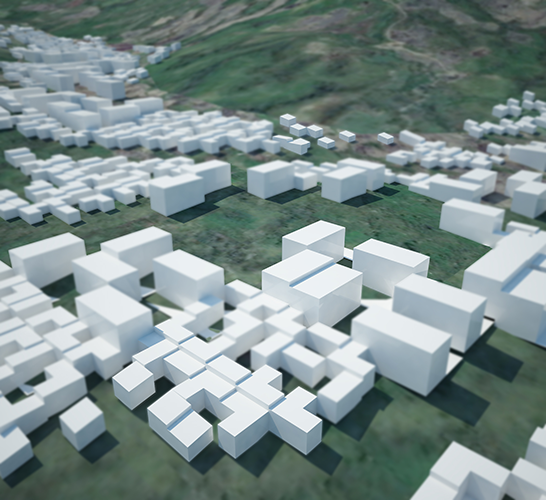Metropolitan Camp City
The aim for this study was to organize the growth of refugee camps that would occur along a border condition so that the future development from this pattern could progress into a city. The border is seen as an opportunity of organizing two areas for connection and exchange using a shared infrastructure. The aim was to increase the density of the relational patterns between the regions and consequently blurring the definition of the border and decreasing its inherent limitations. Several tools were used to find proper conditions for settlements and their adequate relation with the surroundings. The outcome comprised inhabitable slopes, water run-offs and shortest paths, the combination of which allowed for the creation of diverse architecture and open space typologies.
这项研究的目的是组织在边界处出现的难民营的衍生过程, 这个模型的未来发展将会可以通过改进融入城市。边界被看做是一个可以通过共享基础设施, 组织两个区域进行连接和交换的机会。我们想要通过模糊边界以及创建一个包含多个城市中心的地区来增加区域间模型的密度。因此, 将这些中心发展成城市集合区, 混合了发展和密度的组成, 并将减少边界条件的固有限制。在这之中, 一些工具被用来寻找到移民适宜的居住条件以及他们与周围环境合格的关系。所得结果包括了可居住的坡度, 地表径流以及最短路径, 这些条件的综合使得不同建筑和开放空间的类型成为可能。









